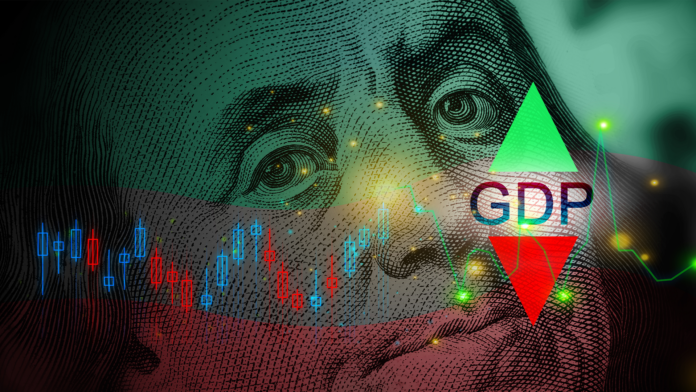The U.S. dollar was able to stabilize on Tuesday, while the euro made attempts to recover from last session’s sharp losses.
Dollar Stable
The U.S. dollar stabilized after last week’s sell-off in the wake of the Federal Reserve’s rate cut.
The Fed began its rate-cutting cycle with a sizable 50 basis point reduction, and right now, attention is focused on the extent to which the central bank’s further rate cuts this year will be implemented.
According to CME Group’s FedWatch tool, traders are betting on a 53% chance that the Fed will cut rates by another half a point at its next scheduled meeting in November.
Markets are likely to pay close attention to Tuesday’s comments from Fed Governor Michelle Bowman, who remains the lone dissenter regarding the magnitude of last week’s rate cuts.
Later today, this month’s Consumer Board confidence report will be released, although most attention will focus on the release of the Fed’s preferred inflation gauge, the core personal consumption expenditures, next Friday, for more insights.
Euro Recovers After Losing Ground
In Europe, EUR/USD rose 0.2% to 1.135, attempting to recover after a near 0.5% drop overnight, following data released Monday that showed eurozone business activity contracted noticeably this month.
Germany, Europe’s largest economy, saw a deeper decline, while France, the second-largest economy, returned to contraction.
The European Central Bank cut rates for the second time this year at the beginning of last week, and further signs of economic weakness may increase the likelihood of another rate cut in October.
GBP/USD traded virtually flat at 1.3347, not far from the 2 1/2-year high reached last week after the Bank of England kept rates unchanged.
“We do not see GBP/USD positioning as particularly tense and, given the weaker dollar environment, the direction remains towards 1.35,” analysts at ING mentioned in a note.
Yuan Gains Ground on Stimulus News
USD/CNY was down 0.2% at 7.0356, settling at its lowest level since May 2023, after the Chinese government announced a stimulus package, reviving hopes of an economic recovery in Asia’s largest economy.
USD/JPY advanced 0.6% to 144.51 after purchasing managers’ index data showed a continued decline in Japanese manufacturing activity, while the services sector continued to grow.
The Bank of Japan left interest rates unchanged last week and stated confidence that inflation and economic growth will rise steadily. AUD/USD fell 0.2% to 0.6825 after the Reserve Bank of Australia held interest rates as expected, while reiterating its decision to control persistent inflation.



